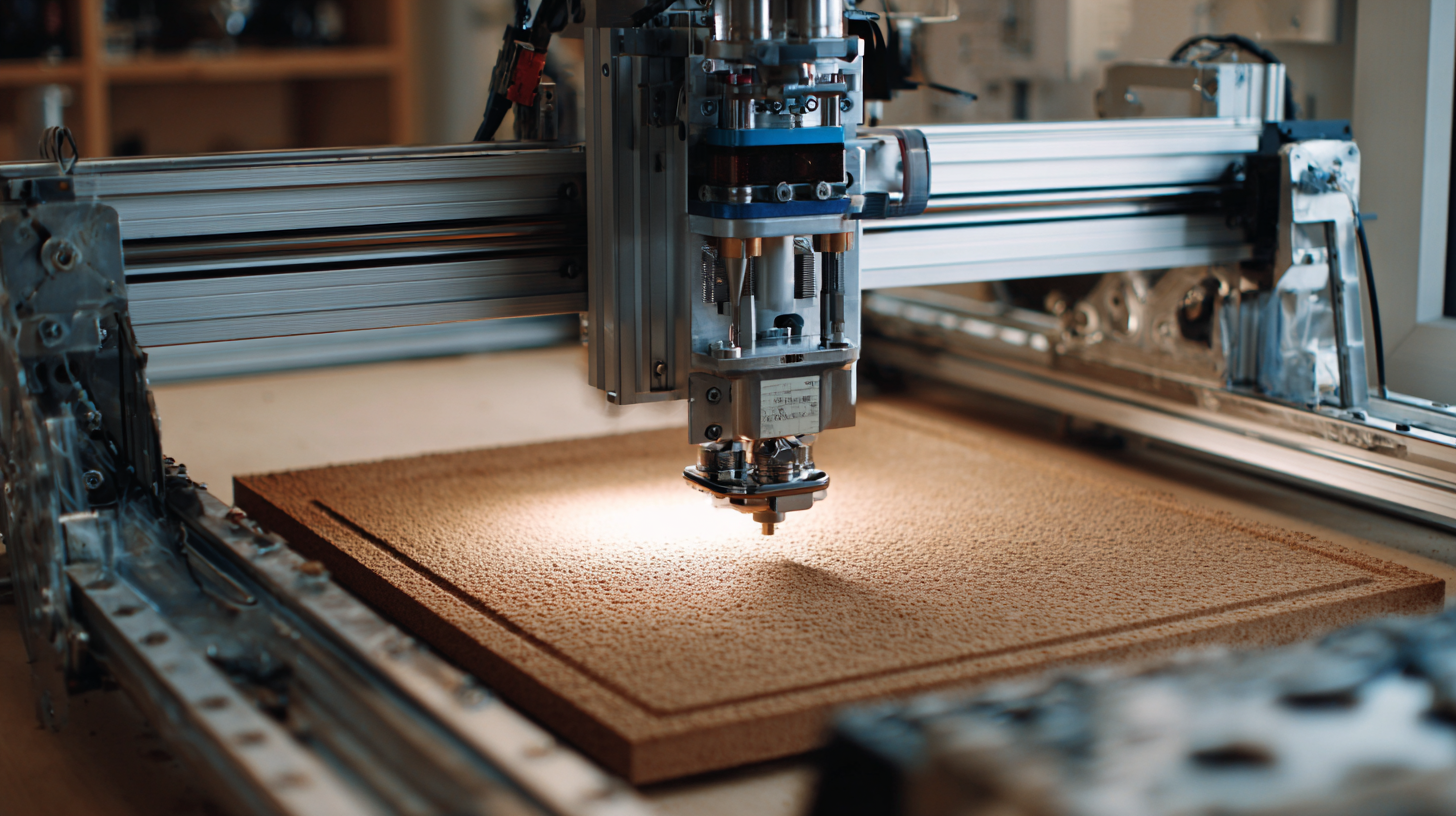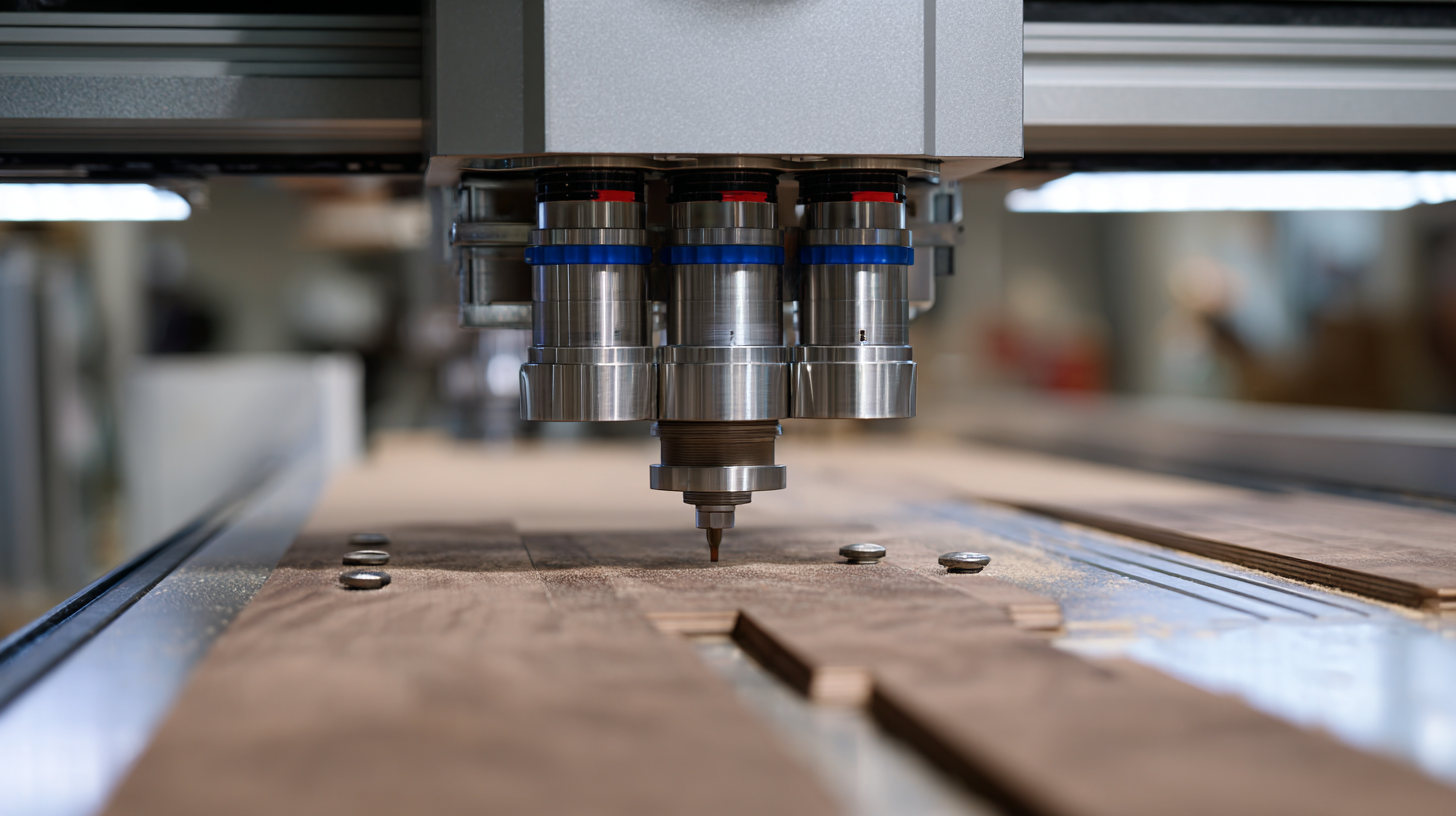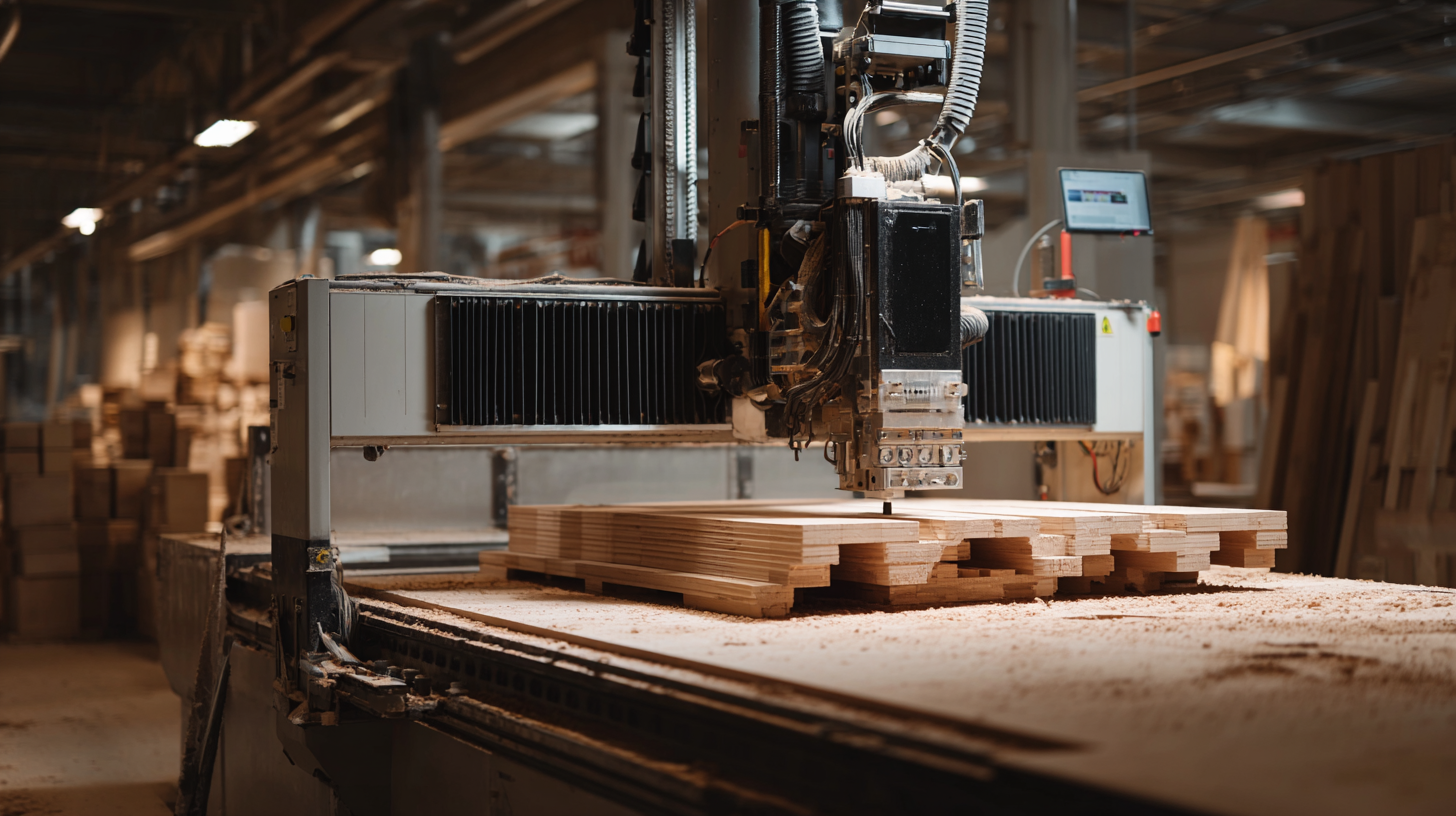Blog
Ultimate Showdown of the Best Wood CNC Machines for Your Next Project
As the demand for precision and efficiency in woodworking rises, the importance of selecting the right wood CNC machine has never been more critical. According to a report by MarketsandMarkets, the global CNC woodworking machines market is projected to grow from USD 1.3 billion in 2020 to USD 2.0 billion by 2025, reflecting a significant compound annual growth rate (CAGR) of 8.5%. This surge highlights the increasing adoption of advanced manufacturing techniques in various sectors, ranging from furniture production to custom carpentry. In this blog, we will explore the ultimate showdown of the best wood CNC machines available today, providing essential tips and insights to help you choose the perfect machine for your next project. Whether you're a seasoned professional or a hobbyist, understanding the features and capabilities of these machines will empower you to elevate your woodworking skills to new heights.

Overview of Wood CNC Machines: Key Features to Consider
When considering a wood CNC machine for your next project, there are several key features that can enhance your woodworking experience. First, the size and capacity of the CNC router are crucial. A larger working area allows for bigger projects and more creative possibilities. Additionally, the type of spindle plays a significant role in performance; machines equipped with powerful spindles can handle various materials more efficiently, ensuring a smooth cutting process.
Another aspect to consider is the inclusion of accessories, such as vacuum systems or additional toolsets. These can dramatically improve the machining process by providing cleaner cuts and reducing material waste. Furthermore, recent advancements in technology have led to more user-friendly CNC machines, making it easier for both seasoned woodworkers and beginners to operate them. As the woodworking machinery market continues to grow, staying informed about these features will help you choose the right CNC router for your needs, ultimately making your projects more successful and enjoyable.
Ultimate Showdown of the Best Wood CNC Machines for Your Next Project
| Model | Working Area | Max Speed | Spindle Power | Material Compatibility | Price Range |
|---|---|---|---|---|---|
| CNC Model A | 24" x 36" | 6000 mm/min | 2.2 kW | Wood, Acrylic | $1,500 - $2,000 |
| CNC Model B | 36" x 48" | 12000 mm/min | 3.5 kW | Wood, Plastic, Aluminum | $2,500 - $3,500 |
| CNC Model C | 48" x 60" | 9000 mm/min | 4 kW | Wood, MDF, Composites | $3,000 - $4,000 |
| CNC Model D | 24" x 24" | 7000 mm/min | 1.5 kW | Wood, Foam | $800 - $1,200 |
Top Chinese Manufacturers of Wood CNC Machines: Quality and Reliability
When it comes to wood CNC machines, Chinese manufacturers have carved out a substantial niche in the global market, known for their quality and reliability. According to a recent industry report by IBISWorld, the CNC machine manufacturing industry in China is expected to grow at an annual rate of 5.2% from 2021 to 2026, reflecting a rising demand for advanced manufacturing capabilities. This growth can be attributed to the increased efficiency and precision offered by these machines, making them ideal for both amateur woodworkers and professional carpenters alike.

Key players in the Chinese CNC machine market, such as Biesse and Weihong, focus on innovation and technology to enhance their offerings. In fact, a survey by MarketsandMarkets highlights that 75% of manufacturers prioritize automation and digitalization when selecting CNC machines. This trend is evident in the latest wood CNC models that not only provide superior cutting capabilities but also incorporate user-friendly interfaces and compatibility with advanced software. As more woodworkers seek machines that excel in reliability and performance, Chinese manufacturers are positioned to lead the charge, ensuring that projects are completed with the utmost precision and efficiency.
Comparative Analysis: Budget vs. High-End Wood CNC Machines
When considering the best wood CNC machines for your projects, it’s crucial to weigh the options between budget and high-end models. According to a report by MarketsandMarkets, the global CNC machine market is projected to grow from $70.74 billion in 2022 to $102.86 billion by 2027, primarily fueled by the increasing adoption of automated machinery in woodworking. Budget CNC machines typically range from $2,000 to $5,000, offering a good entry point for hobbyists and small businesses. These models often provide essential features without advanced capabilities, making them suitable for simple tasks like engraving and basic cuts.

In contrast, high-end wood CNC machines can exceed $20,000 and include advanced technologies such as adaptive control, multi-axis capabilities, and enhanced precision. A study by Research and Markets found that professional woodworking industries are increasingly investing in high-end CNC technology, which can significantly increase productivity and reduce waste. For example, machines equipped with 3D modeling capabilities allow for intricate designs that budget machines struggle to replicate. Ultimately, the choice between budget and high-end models hinges on your specific project needs and the expected return on investment.
User Reviews: Real Experiences with Popular Wood CNC Models
In the world of woodworking, choosing the right CNC machine can make or break a project. User reviews provide invaluable insights into how various models perform in real-world scenarios. Many woodworkers have shared their experiences with popular CNC machines, highlighting not just the strengths but also the shortcomings they encountered. For instance, some users have praised the ease of setup and operation of desktop CNC models like the Shapeoko, noting its user-friendly interface and impressive precision. This feedback can be a game changer for those just starting out, as it helps demystify the technology involved.
Conversely, reviews also reveal the challenges faced by users, such as software compatibility issues or the machine's ability to handle specific materials. For example, several users of the X-Carve reported difficulties when trying to carve harder woods, which prompted them to seek advice from the community. These honest reviews serve as a vital resource for aspiring CNC enthusiasts, allowing them to make informed decisions based on firsthand experiences. By diving into user feedback, woodworkers can better understand which models align with their project needs, ultimately enhancing their woodworking journey.
Future Trends in Wood CNC Technology: What to Expect Next
As we look towards the future of wood CNC technology, several trends are emerging that will shape the industry in the coming years. With the engineered wood market projected to surpass $451.16 billion by 2034, driven by a CAGR of growth from an estimated $268.67 billion in 2024, it’s clear that innovation in manufacturing processes will play a crucial role. This growth is anticipated to accelerate as wood CNC machines become increasingly sophisticated, incorporating advanced features such as automation and artificial intelligence to enhance precision and efficiency.
Moreover, the wood flooring industry expresses optimism for growth in 2025, with over 60% of industry respondents indicating a positive outlook. This indicates a rising demand for high-quality, customizable wood products, further underscoring the need for cutting-edge CNC technology. As companies continue to adapt to changing market demands, we can expect to see significant advancements in the capabilities of wood CNC machines, enabling craftsmen and manufacturers to create more intricate designs while reducing waste and production costs. The intersection of technology and craftsmanship is set to redefine the wood industry, paving the way for innovative solutions and new opportunities.